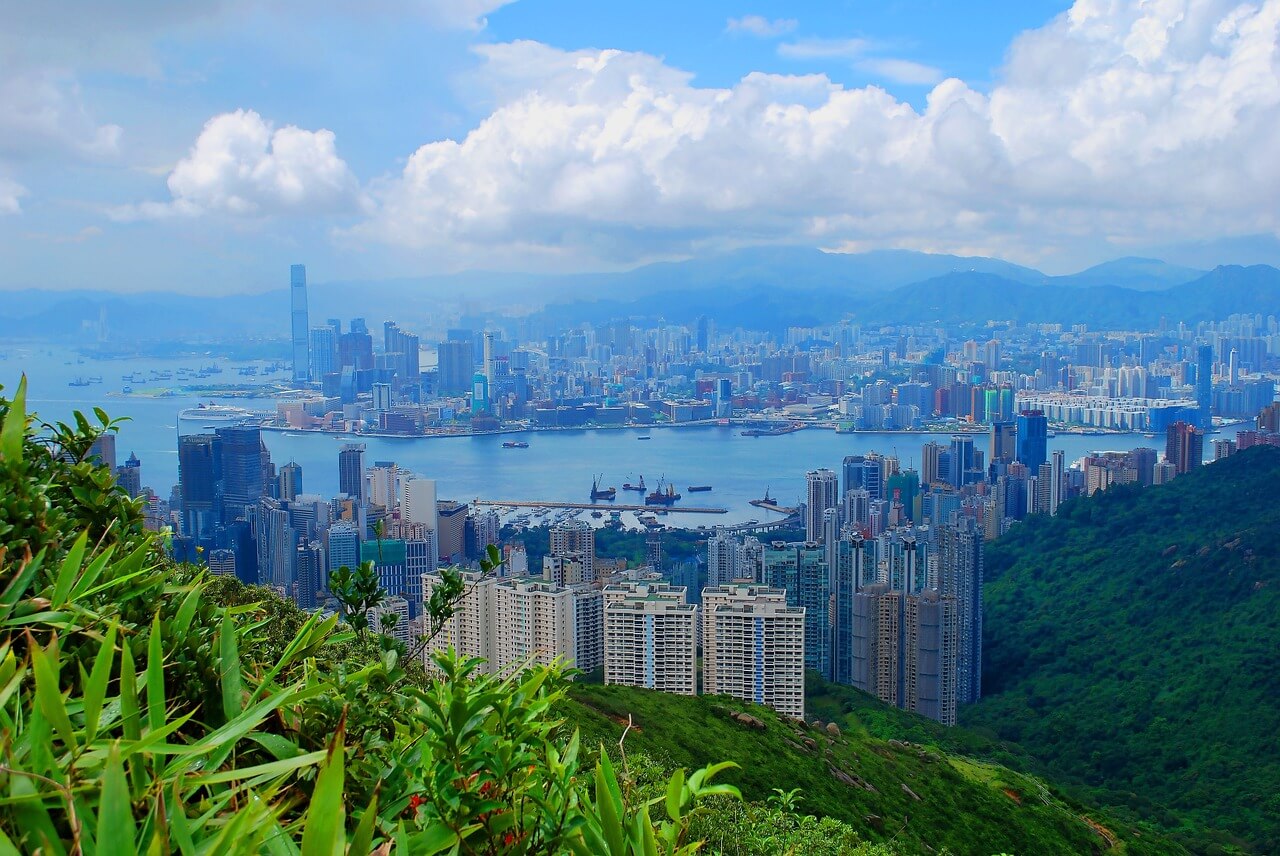Hong Kong Protests Intensify – China Responds

- Universities have become the focal point
- Protesters blocked the business district
- China says protesters are engaging in terrorism
Hong Kong Crippled by Intensifying Protests
Thursday saw Hong Kong protests continuing to intensify. The situation began intensifying at the start of the week. The city has since been witness to frequent bouts of violence and clashes between protesters and police. Several people have been critically injured.
On Thursday morning, the police attempted to use tear gas to subdue protesters in Kowloon, near the Polytechnic University. On Hong Kong Island, protesters blocked the roads in the vicinity of the University of Hong Kong, crippling traffic.
Furthermore, two of the three tunnels which connect Kowloon to Hong Kong were closed. The Mass Transit Rail stopped providing service to several stations in the vicinity of the unrest.
Chinese University of Hong Kong Has Become a Fort
A few thousand protesters have taken over the Chinese University of Hong Kong, barricading themselves inside and obstructing access to the institution for the third day in a row.
This campus was the location of intense battles between riot police and protesters on Tuesday. The police attempted to clear the campus of protesters and used 1,567 tear gas canisters in the attempt. They were unsuccessful and the operation was aborted.
On Wednesday and Thursday, other protesters were seen entering the campus, bringing food, water, medical and other supplies to those inside the campus. It seems that those inside the campus are using social media to relay their needs to the outside public.
Protesters were also seen reinforcing barricades and building stashes of weapons, including gasoline bombs, javelins, and bows and arrows. Hundreds of people are also queuing up to join the protest, many of which are not students.
According to reports, the police are hesitant to return to the campus. This is despite a court denying an appeal which demanded that police should not be allowed to enter the school grounds without a warrant.
Foreign students have been leaving in droves, while the Chinese University of Hong Kong closed out the fall semester early.
Thursday also saw office workers in Tai Koo come out to support the protests. In fact, many office workers have joined the protests while on their lunch break.
Business District Paralyzed
Among other areas of Hong Kong, the business district also suffered paralysis. Over 250 bank branches closed on Wednesday, while many firms urged staff to stay home or seek safety. Hong Kong is a vital financial hub and one of the largest in the world, holding over $6 trillion in assets.
Many businesses hailing from mainland China, especially banks like BoCom, have been targeted by protesters. These businesses are considered, by protesters, to be an attempt by the Chinese to interfere in Hong Kong. This is despite the fact that Hong Kong was guaranteed autonomy in 1997 when it reverted to Chinese rule.
Many Wonder Over China’s Response
Many now wonder whether China will intervene. Thursday saw the country’s top state-run TV channel warning protesters that they are engaging in “undisguised terrorism.”
The Global Times, a state-run tabloid, published an editorial stating that the People’s Liberation Army and the People’s Armed Police were prepared to help the government in Hong Kong.
The editorial also stated that radical protesters were “on the edge of doom.” It’s not clear, however, what line the protesters would have to cross to prompt Chinese intervention.
Analysts claim that it’s smart of China not to openly state what that line is. This way, they won’t be forced into action. It will also avoid protesters doing everything they can to go over that line, according to Adam Ni, a China researcher at Macquarie University in Sydney.

